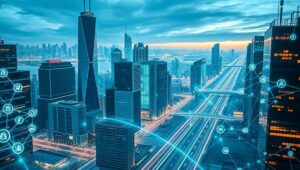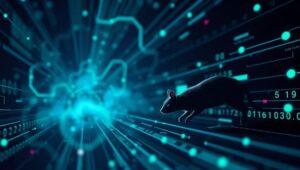May 30, 2025
Developing AI and ML Models: From Research to Production (2026 Pipelines)
Developing AI and ML Models: From Research to Production (2026 Pipelines) The journey of an AI or ML model from initial research to a production-ready application is complex. In 2026, the pipelines for this process are characterized by increased automation, collaboration, and a focus on ethical considerations. The Evolving Landscape As AI and ML become more integrated into various aspects of business and society, the methodologies for developing and deploying these models have matured significantly. The key trends shaping the pipelines in 2026 include: Automation: Automated Machine Learning (AutoML) platforms have become sophisticated, streamlining the model development process. Collaboration: Cross-functional












